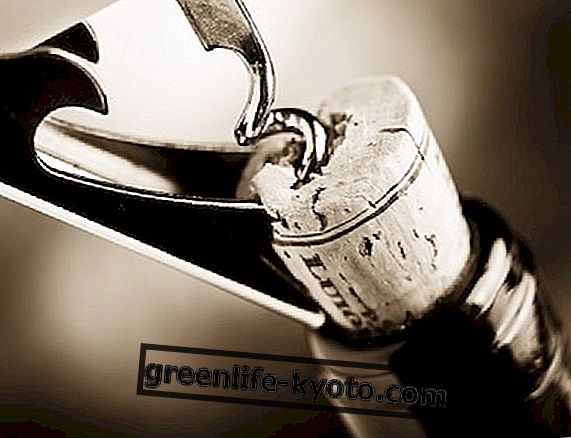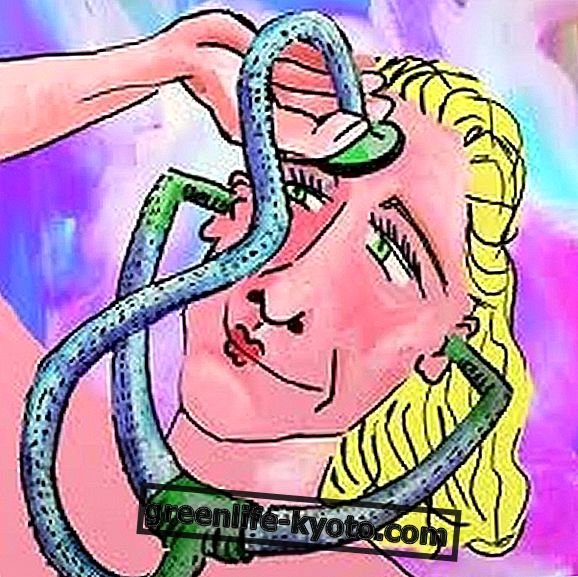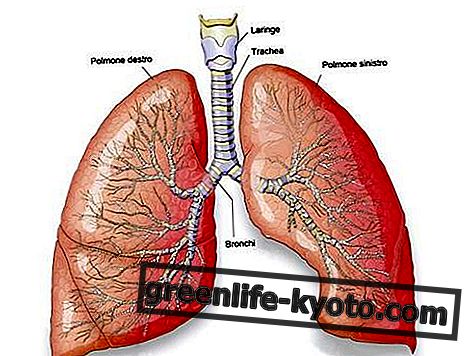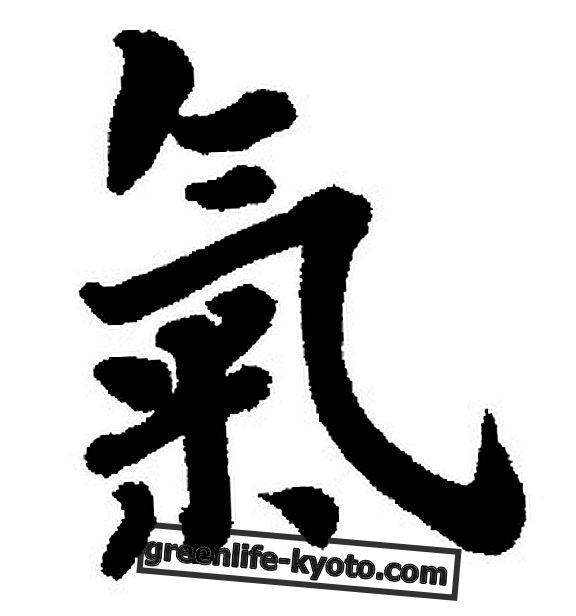
Attending reflexology courses and becoming reflexologists means deciding to treat the body mirror that rests precisely on the arch for a trade.
Practiced by the Egyptians and already spread to China 5, 000 years ago, plantar reflexology was introduced in the West by an American otolaryngologist, Dr. William Fitzgerald, around the first decade of the 1900s.
Since that time, reflexology has made great strides and constitutes a professional training course in all respects.
How the reflexology courses are structured
Foot reflexology courses in Italy are usually structured in three modules, each lasting one year.
Schools that organize reflexology courses issue a diploma that has the validity of a certificate of attendance .
Among the topics covered during the three-year course there is undoubtedly the history of massage, the evolution of zonal massage in the West, as well as notes and lecture notes on traditional Chinese medicine and elements of physiology and energy diagnosis.
The toolbox of the aspiring reflexologist
Obviously the instrument that acts as king in the "toolbox" of the aspiring reflexologist is the plantar reflexology map, through which the student becomes familiar with the ancient Shu points, before proceeding with the techniques of manipulation of the reflex zones of the endocrine system, locomotor, dierent, urinary, cardiovascular, lymphatic, respiratory.
The ancient Shu points (Wu Shu) are 5 in number for each of the 12 main meridians and correspond to 5 of the needle-points of each meridian.
They are found in the terminal part of the 12 meridians comprised between the extremities of the hands or the feet and the articulations of elbow or knee, that is in the more superficial part of the path of the meridian, where the energy changes polarity (from a sense Yin to Yang or vice versa ).
Each Shu point corresponds to an Element and for this reason they are known in the West as "Elements points" or "command points".
Why become reflexologists
Those who have attended reflexology courses can treat both the ancient Shu points and the more modern Shu points of the back and through the analysis carried out with pressures they can have a perception of the state of the internal organs : the points therefore reveal the symptoms and the more the reflexologist studies and practices, the more he appropriates a certain sensitivity, which is what makes the difference in the profession.
A professional in the field of plantar reflexology, also called zonal massage, is an expert on a technique that today is very different from that which was practiced at its dawn.
Research by neurologists and scientists from related disciplines supports anyone who wants to pursue a career like this: it has been shown that the pathways in neural fibers and in the brain are stimulated by therapies based on physical contact, a fundamental component of reflexology massage .
To anyone wishing to pursue this career, let us remember that at present, the professional figure of the reflexologist is not regulated by any law, it is therefore not a professional figure whose activity is exercisable in the health field under the supervision of the NHS, unless have the legal professional qualifications (degree in medicine, degree in physiotherapy, diploma in massophysiokinesiapia, and in any case always under medical supervision and in structures in accordance with the law on physical therapies).
Slowly, with time, perhaps even in Italy a recognition will also come from a health point of view. We'll see.













